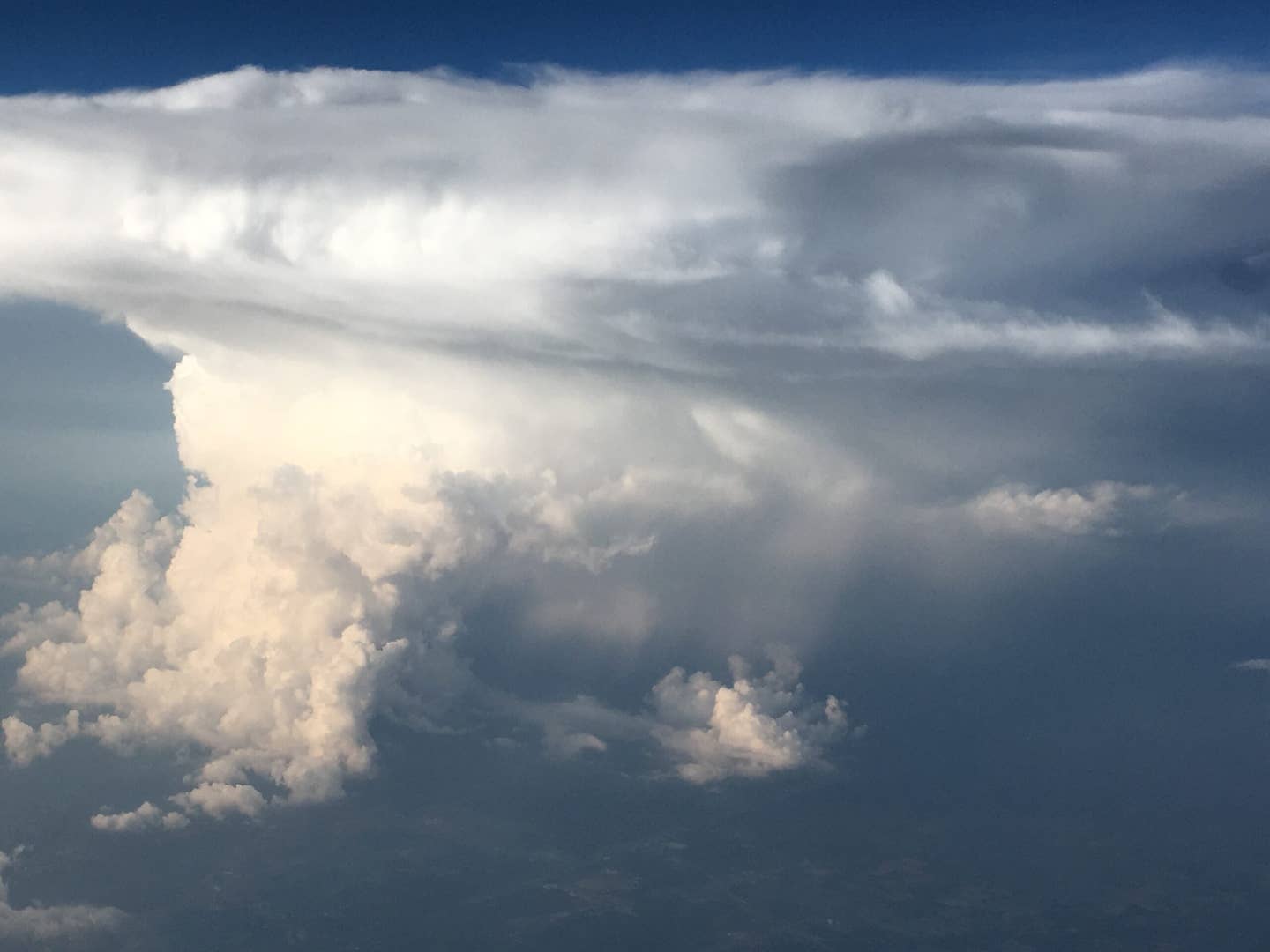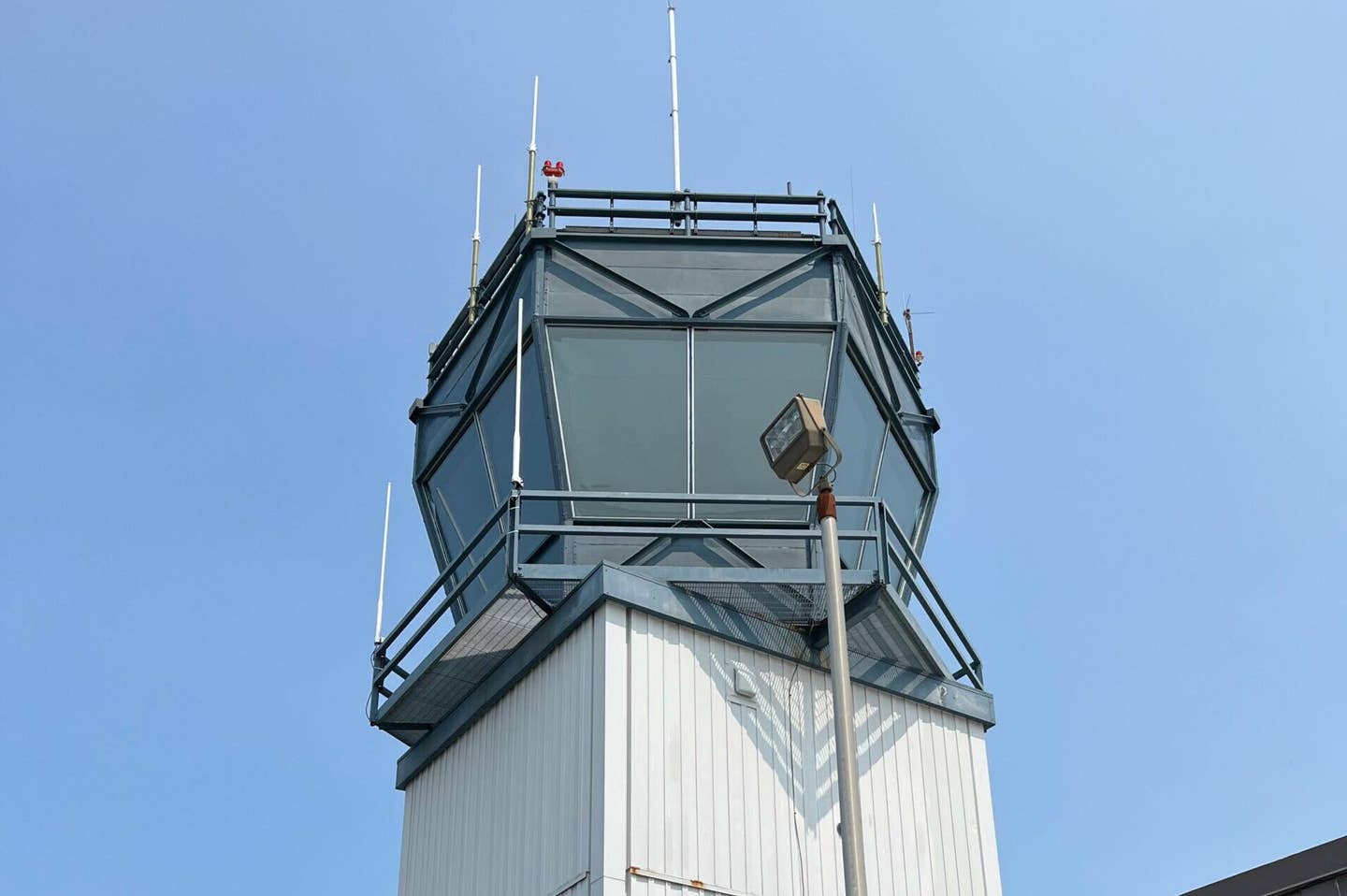What Do Pilots Need to Know About Temperature Inversions?
Temperature inversions are quite common in the lower troposphere and are created by several different atmospheric processes.

Temperature inversions are quite common in the lower troposphere and are created by several different atmospheric processes. [Credit: Shutterstock]
Question: As a skier in Virginia and West Virginia, we are frequently impacted by inversions at the mountain-top height. What do pilots need to know about temperature inversions? I have yet to find a good discussion of them.
Answer: Before we can discuss temperature inversions, we need to explore the more generic concept of atmospheric lapse rates. A lapse rate is simply the change in temperature over a given change in altitude.
Pilots are taught during their primary training that the standard lapse rate is 2 degrees Celsius for every 1,000-foot gain in altitude. That means, on an average day, the atmosphere “cools” at this rate. In other words, the higher you ascend in the troposphere, the colder it gets. We refer to this as a “positive” lapse rate.
If you open your Pilot Operating Handbook (POH) you will likely see tables that are based on the departure from the standard. These tables can be used to determine how your airplane may perform when the conditions are not standard, which is often the case throughout most of the year.
While you can calculate a lapse rate over the entire vertical extent of the troposphere, it’s usually something that is referenced more often in shallow layers of the atmosphere. In some cases, the lapse rate may be what meteorologists call isothermal. That is, the temperature remains the same through a shallow layer of the atmosphere. In some cases, the temperature may actually increase with increasing altitude. That’s called a negative lapse rate, or more commonly, a temperature inversion. A negative lapse rate adds stability that ultimately inhibits vertical mixing.
Inversions are actually quite common in the lower troposphere. They are created by several different atmospheric processes. One of the most common is called a nocturnal inversion. In the overnight hours with clear skies and calm or light winds near the surface, radiative cooling can produce a very pronounced and often shallow temperature inversion hugging the surface. Essentially after sunset, the ground radiates the heat it absorbed during the daytime hours toward outer space in the form of long-wave radiation. This sets the stage for significant cooling at the ground level to produce a surface-based nocturnal temperature inversion.
Such inversions can set the stage for what is referred to as a radiation-fog event, often called ground fog, and non-convective low-level wind shear (LLWS). Radiation fog routinely develops in various regions of the U.S. and Canada throughout the year and can be some of the densest fog you will ever encounter. When a nocturnal temperature inversion is coupled with a favorable hydrolapse and little or no turbulent mixing exists in the potential fog layer, radiation fog is usually the result. A favorable hydrolapse is when the dewpoint temperature increases with increasing altitude. It is common for it to lower the ceiling and/or visibility into the very low instrument flight rules (VLIFR) flight category.
Nocturnal temperature inversions also create an environment favorable for what meteorologists refer to as non-convective low-level wind shear (LLWS). This is a forecast you may see in a TAF such as WS020/09045KT. It also is an advisory issued by meteorologists at the Aviation Weather Center (AWC) as a Graphical AIRMET (G-AIRMET).
First and foremost, this is not low-level wind shear associated with deep, moist convection or thunderstorms, hence the term non-convective LLWS. The extreme stability courtesy of the surface-based temperature inversion eliminates vertical mixing and promotes a laminar flow immediately above the surface. This allows the flow of air a few hundred feet above the ground to be insulated and decouple from surface friction, allowing the wind immediately above the surface to freely accelerate and create a low-level jet maximum.
In the early morning hours, when the sky is generally clear and the surface winds are light, a surface-based inversion sets up once the sun sets due to the radiative cooling mentioned earlier. The inversion deepens in the overnight hours, and the wind just above the surface freely accelerates to produce a low-level jet maximum within the first 2,000 feet of the surface. The wind at the surface can be calm, but the air at 2,000 feet AGL may be screaming along at 50+ knots. This would seem like a classic scenario for clear air turbulence. In fact, the air is often glassy smooth in this layer due to the extreme stability courtesy of the surface-based inversion.
Temperature inversions just above the mountain ridges create the opportunity for what meteorologists call gravity waves. A mountain wave is the most common form of a gravity wave in the atmosphere. As somewhat unstable air near the surface is forced into this layer of stable air, it expands and becomes cooler and denser than the surrounding air, thanks to the inversion aloft. This causes the air to sink back down on the lee side of the mountain range.
As the air subsides, it compresses, and the temperature increases as it descends back down into the unstable air below the ridgelines which allows this air to ascend once again. This creates that up-and-down oscillation of air downwind of the mountain range. Flying into these waves can be felt as an upwash or downwash, causing the airplane to increase or decrease altitude, respectively.
Frontal inversions are common in association with warm fronts. Essentially, the cold, dense air just north of the warm front settles in, and the warm air to the south of the warm front rides up and over that cold, dense air. This creates a surface-based temperature inversion that has a greater depth than what you usually see with a nocturnal inversion.
In the winter, this kind of frontal inversion is often a key element in producing a freezing rain scenario. Skiers in the Appalachian Mountains can be in the warm air aloft, making for a cold rain event, while at the base of the mountain, it can be near or slightly below freezing with accumulating ice. Either way, this makes for a horrible skiing experience.
Lastly, radiative cooling and a nocturnal temperature inversion can also wreak havoc on ground-based Doppler weather radars, causing an unwelcomed phenomenon called anomalous propagation (AP). AP can occur whenever there is a strong temperature inversion near the surface.
The sidelobe of the radar beam is bent down or ducted back toward the earth, causing it to strike objects on the surface farther in the distance. The reflected energy follows the same path back to the radar, where it is received and interpreted as a reflectivity value. This nocturnal inversion created a large area of AP with intense reflectivity that is indicative of deep, moist convection. Even though the returns depicted on this radar image from the Indianapolis NEXRAD Doppler radar look very real, most of them are due to AP. There were a few cells on the northwest side of Indianapolis, shown in the white oval, that are actual areas of real precipitation validated using satellite imagery.
Do you have a question about aviation that’s been bugging you? Ask us anything you’ve ever wanted to know about aviation. Our experts in general aviation, flight training, aircraft, avionics, and more may attempt to answer your question in a future article.

Subscribe to Our Newsletter
Get the latest FLYING stories delivered directly to your inbox






